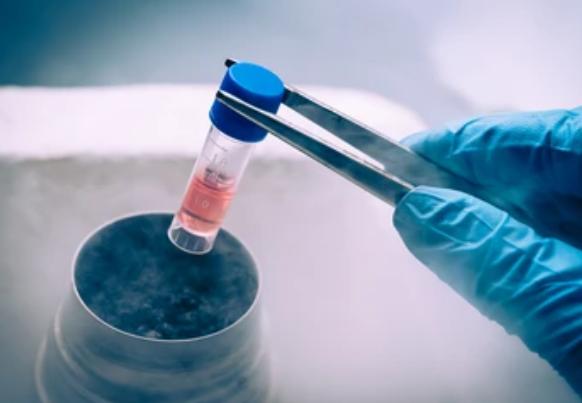Cell Cryopreservation Techniques and Practices

Cryopreservation involves the preservation of cells, tissues, or other biological constructs by cooling them to extremely low temperatures. The preservation of cells at cryogenic temperature can be achieved using different techniques. This is far from a simple freezing process; it's a carefully controlled method that prevents the formation of ice crystals, thus maintaining the integrity of the biological material.
Cell cryopreservation is a vital technique in the field of biology. This method has revolutionized the storage and transportation of biological specimens, including cells, tissues, and organs.
Advantages of Cryopreservation
- Cryopreservation provides an excellent solution for long-term storage, allowing researchers to store cells indefinitely at temperatures below -130°C. This eliminates the need for continuous cell culturing, minimizing the risk of cell culture contamination and reducing costs associated with maintaining cell lines.
- Cryopreserved cells can be easily transported between different laboratories or research facilities, allowing for collaborative research projects and sharing of valuable resources.
- Cryopreservation allows researchers to establish a vast cell bank. This helps to preserve rare or unique cell lines, ensuring their availability for research purposes for years to come.
Process of Cryopreservation
- Cell preparation
Before cryopreservation, cells need to be prepared by gently detaching them from the culture dish and resuspending them in a cryoprotective medium. This medium contains substances such as dimethyl sulfoxide (DMSO) or glycerol, which prevent ice crystal formation and cellular damage during freezing. - Freezing protocol
Once prepared, cells are slowly cooled to a temperature below -130°C using a controlled-rate freezing device. This gradual cooling allows cells to adapt and reduces the risk of cryo-injury caused by ice crystal formation. - Storage
After freezing, cryovials containing the cells are transferred to liquid nitrogen tanks for long-term storage. At these extremely low temperatures, cellular metabolic activity is significantly reduced, allowing cells to remain viable for extended periods. - Thawing and recovery
When required, cryovials are rapidly thawed in a water bath at 37°C, ensuring minimal cell damage. Cells are then washed and resuspended in a suitable growth medium for recovery.
Precautions for Cryopreservation
- Use proper aseptic techniques to maintain sterile conditions while freezing your cells. It is a good practice to wipe down the outside of containers, such as flasks and freezing media vials, with 70% ethanol or isopropanol before opening them.
- Ensuring cell authenticity is crucial, as contamination or misidentification can lead to unreliable research results.
- Using specialized cryoprotective agents that protect cells from dehydration and freezing-induced injury, to minimize this damage.
- To maintain optimal cell viability, it is essential to store cryopreserved cells in liquid nitrogen vapor-phase storage systems. This ensures a more stable storage environment and minimizes the risk of cross-contamination between samples.
Creative Bioarray Relevant Recommendations
Cell cryopreservation is a crucial technique that allows for long-term storage and transportation of valuable biological specimens. Creative Bioarray offers advanced cryopreservation techniques and practices, coupled with a vast repository of high-quality cryopreserved cells.
| Product Types | Description |
| Cryopreservation Medium | The Cell Culture Cryopreservation Medium is a serum-containing and ready-to-use freezing medium with optimized formulations for stem cells and primary cells. |
| VitalCel Cryopreservation Media | This media contains DMSO and proprietary reagents that increase the viability of cryopreserved cells. |
| Neuron NCR Protein-Free Cryopreservation Medium | The Neuron NCR (noncontrolled-rate) Protein-Free Cryopreservation Medium is a protein-free and ready-to-use freezing medium for neurons. |
| NCR Protein-Free Cryopreservation Medium | NCR (noncontrolled-rate) Protein-Free Cryopreservation Medium is a serum-free and ready-to-use freezing medium. |